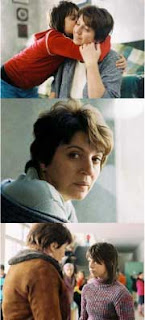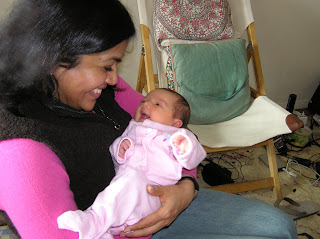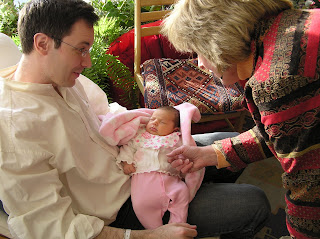the redirection seymour hersh
Brilliant article by Seymour Hersh, on all the different motivations and interest groups rocking the middle east. The last section of the article is not complete. The New Yorker, Mar. 5, 2007 The Redirection Is the Administration's new policy benefitting our enemies in the war on terrorism? by SEYMOUR M. HERSH A STRATEGIC SHIFT In the past few months, as the situation in Iraq has deteriorated, the Bush Administration, in both its public diplomacy and its covert operations, has significantly shifted its Middle East strategy. The "redirection," as some inside the White House have called the new strategy, has brought the United States closer to an open confrontation with Iran and, in parts of the region, propelled it into a widening sectarian conflict between Shiite and Sunni Muslims. To undermine Iran, which is predominantly Shiite, the Bush Administration has decided, in effect, to reconfigure its priorities in the Middle East. In Lebanon, the Administration has coöperate...




















